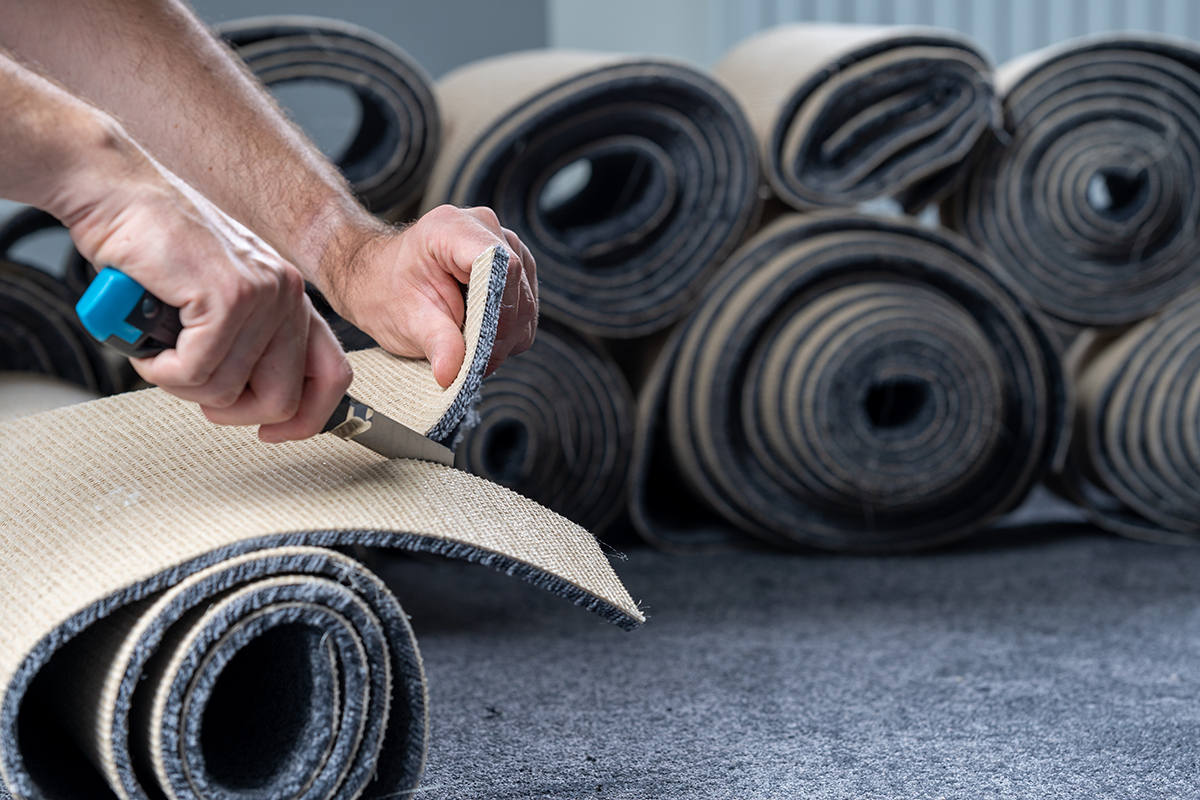
To tag or not to tag: A new report from SWANA analyzes the delicate approach municipalities take when enacting fines for curbside recycling. | ADragan/Shutterstock
A new report from the Solid Waste Association of North America (SWANA) examines the role penalties and education play in reducing curbside contamination, enhancing bale quality and increasing the effectiveness of curbside programs. Continue Reading









